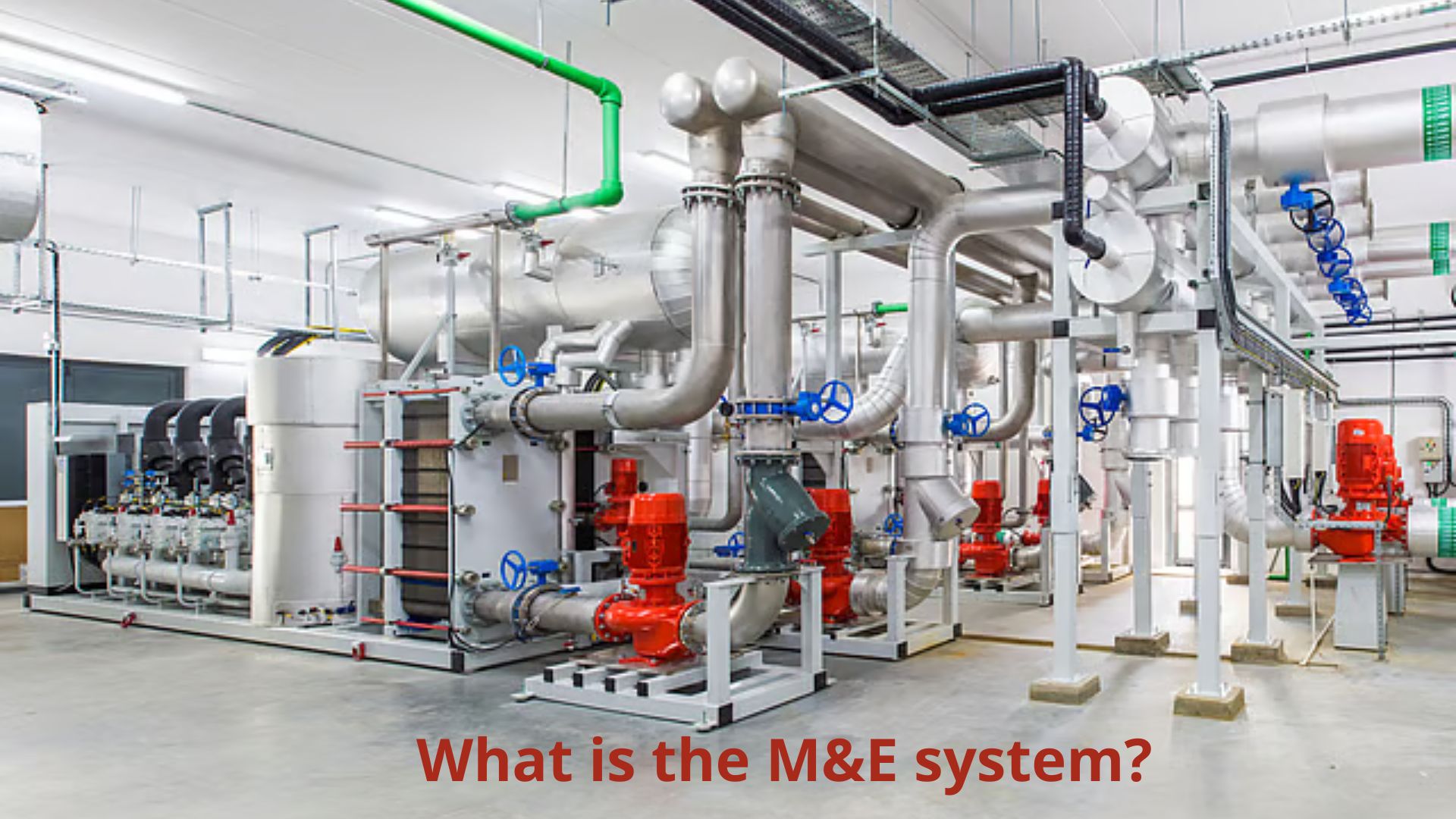Which units are required to install fire prevention and fighting systems?
.png)
Facilities subject to the Fire Prevention and Fighting Law include: facilities that are places of production, business, public works, offices, apartments, and other independent constructions as specified by the state.
These include the following facilities:
- Offices of state agencies at all levels.
- Apartment buildings; collective housing, communal housing, mixed-use housing.
- Kindergartens, preschools, nursery schools, primary schools, secondary schools, multi-level general schools; colleges, universities, research institutes; vocational schools; technical schools; continuing education institutions; other educational institutions established under the Education Law.
- Hospitals, general clinics, specialized clinics, nursing homes, rehabilitation centers, orthopedic facilities, nursing facilities, epidemic prevention establishments, medical centers, and other medical facilities established according to the provisions of the Law on Examination and Treatment.
- Theaters, cinemas, circuses; conference centers, event organizations; cultural centers, karaoke service businesses, dance clubs; bars, clubs, beauty salons, massage service companies, amusement parks, zoos.
- Markets; shopping centers, electronics centers; supermarkets; convenience stores; restaurants, grocery stores.
- Hotels, guesthouses, and other accommodation facilities established according to the provisions of the Tourism Law.
- Factories serving businesses, political-social organizations.
- Museums, libraries; exhibition houses; storage warehouses, bookstores, exhibitions; religious organizations.
- Post offices, broadcasting and television agencies, telecommunications; information equipment installation facilities; centralized storage, data management.
- Stadiums; indoor sports fields; fitness and sports centers; racetracks, shooting ranges; other sports facilities established under the Sports Law.
- Airports; air traffic control towers; seaports; inland ports; bus stations; stops; terminals; cable car stations with operators; subway constructions.
- Motor vehicle registration facilities; shops for buying, selling, repairing, and maintaining cars, motorcycles, and mopeds.
- Parking lots, parking areas established according to legal regulations.
- Road tunnels, railway tunnels with a height of 500 meters or more.
- Facilities for the production, business, storage, use of industrial explosives and explosive precursors; warehouses for industrial explosives, ports for the import and export of industrial explosives and explosive precursors; weapon and support tool warehouses.
- Organizations extracting, processing, producing, transporting, trading, and storing petroleum, petroleum products, and natural gas on land; warehouses for petroleum and petroleum products, natural gas warehouses; ports for the import and export of petroleum, petroleum products, and natural gas.
- Gas stations, flammable liquid shops; gas shops.
- Industrial sites with fire and explosion hazards classified as A, B, C, D, E.
- Power plants, substations with a voltage of 110kV or higher.
- Wine cellars for producing, storing, and using flammable and explosive materials; warehouses for flammable materials or warehouses for storing packaging and flammable materials; warehouses for storing goods, materials, and flammable waste with an area of 500 square meters or more.
- Other locations not listed from items 1 to 19, including internal gas stations or locations using central gas supply systems with a total gas consumption of over 70 kg.
- Family homes combining residence with the production and business of flammable goods, flammable packaging materials.
Criteria for evaluating the quality of fire prevention and fighting contractors
.png)
Quality of fire prevention and fighting equipment provided by the contractor
Typically, during construction, fire-fighting equipment will be supplied by the contractor. The quality of the equipment is extremely important for the fire prevention and fighting system; any incident will affect future fire prevention and fighting efforts. Therefore, the quality of fire prevention and fighting equipment is one of the criteria for evaluating construction contractors.
Qualifications and experience of the contractor's construction team
The construction team includes design engineers and technicians directly involved in the installation of the fire prevention and fighting system. The design and construction must meet certain fire prevention and fighting standards. Therefore, the construction team must have excellent professional qualifications and extensive experience to ensure accurate installation, high quality, and aesthetics.
Progress of fire prevention and fighting construction
Timeliness is very important in any project or job. Completing construction on schedule reflects the contractor's credibility. Choose a fire prevention and fighting contractor who adheres to the timeline committed to the client.
Cost of fire prevention and fighting construction
Providing a fair installation quote for the fire protection system is something every customer desires. A reasonable price here means the correct price, appropriate to the quality of service, not too cheap or too expensive. Depending on the specific fire prevention and fighting construction case, the contractor will provide a specific price.
Warranty policy after construction
The warranty policy is one of the important criteria for evaluating the credibility of fire prevention and fighting contractors today. The duration and terms of the warranty reflect the contractor's commitment to the quality of the project, which is also very important for customers. It protects the rights of customers after using the service. Therefore, it is advisable to choose a fire prevention and fighting contractor with a long-term, reputable warranty.






 (1).jpg)

